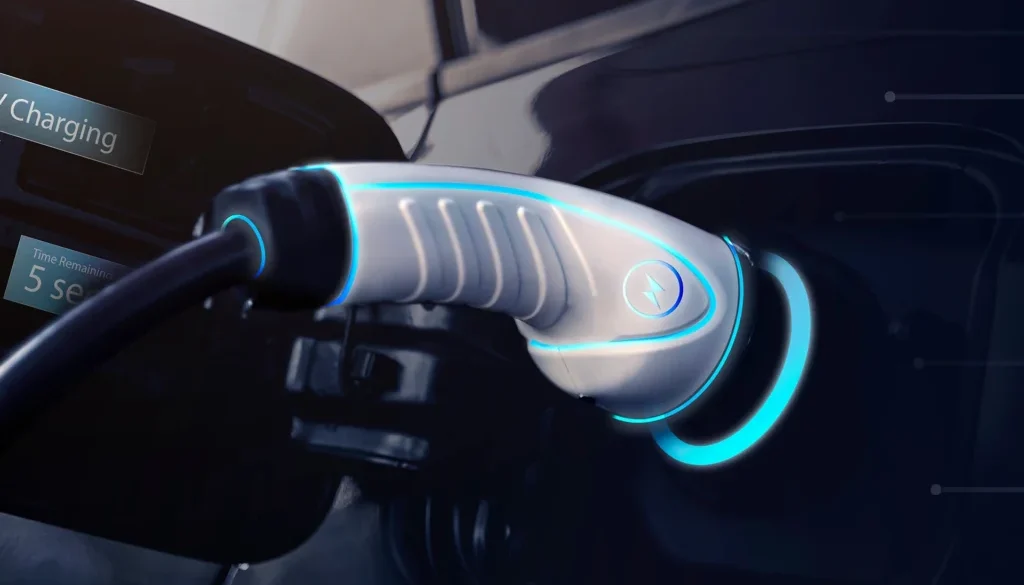Last-Minute Vehicle Purchases to Save on Taxes
Here’s an easy question: Do you need more 2023 tax deductions? If the answer is yes, continue reading.
Next easy question: do you need a replacement business vehicle?
If so, you can simultaneously solve or mitigate the first problem (needing more deductions) and the second problem (needing a replacement vehicle) if you can get your replacement vehicle in service on or before December 31, 2023. Don’t procrastinate.
To ensure compliance with the “placed in service” rule, drive the vehicle at least one business mile on or before December 31, 2023. In other words, you want to both own and drive the vehicle to ensure that it qualifies for the big deductions.
Now that you have the basics, let’s get to the tax deductions.
1. Buy a New or Used SUV, Crossover Vehicle, or Van
Let’s say that on or before December 31, 2023, you or your corporation buys and places in service a new or used SUV or crossover vehicle that the manufacturer classifies as a truck and that has a gross vehicle weight rating (GVWR) of 6,001 pounds or more. This newly purchased vehicle gives you four benefits:
- Bonus depreciation of 80 percent
- Section 179 expensing of up to $28,900
- MACRS depreciation using the five-year table
- No luxury limits on vehicle depreciation deductions
Example. You buy a $100,000 SUV with a GVWR of 6,080 pounds, which you will use 90 percent for business use. Your write-off can look like this:
- $28,900 in Section 179 expensing
- $48,880 in bonus depreciation
- $2,440 in 20 percent MACRS depreciation, or $611 if the mid-quarter convention applies
So the 2023 write-off on this $90,000 (90 percent business use) SUV can be as high as $80,220 ($28,900 + $48,880 + $2,440).
2. Buy a New or Used Pickup
If you or your corporation buys and places in service a qualifying pickup truck (new or used) on or before December 31, 2023, then this newly purchased vehicle gives you four big benefits:
- Bonus depreciation of up to 80 percent
- Section 179 expensing of up to $1,160,000
- MACRS depreciation using the five-year table
- No luxury limits on vehicle depreciation deductions
To qualify for full Section 179 expensing, the pickup truck must have
- a GVWR of more than 6,000 pounds, and
- a cargo area (commonly called a “bed”) of at least six feet in interior length that is not easily accessible from the passenger compartment.
Example. You pay $55,000 for a qualifying pickup truck that you use 91 percent for business. You use Section 179 to write off your entire business cost of $50,050 ($55,000 x 91 percent).
Short bed. If the pickup truck passes the more-than-6,000-pound-GVWR test but fails the bed-length test, tax law classifies it as an SUV. That’s not bad. The vehicle is still eligible for expensing of up to the $28,900 SUV expensing limit and 80 percent bonus depreciation.
3. Buy an Electric Vehicle
If you purchase an all-electric vehicle or a plug-in hybrid electric vehicle, you might qualify for a tax credit of up to $7,500. You take the credit first, and then follow the rules that apply to the vehicle you purchased.




